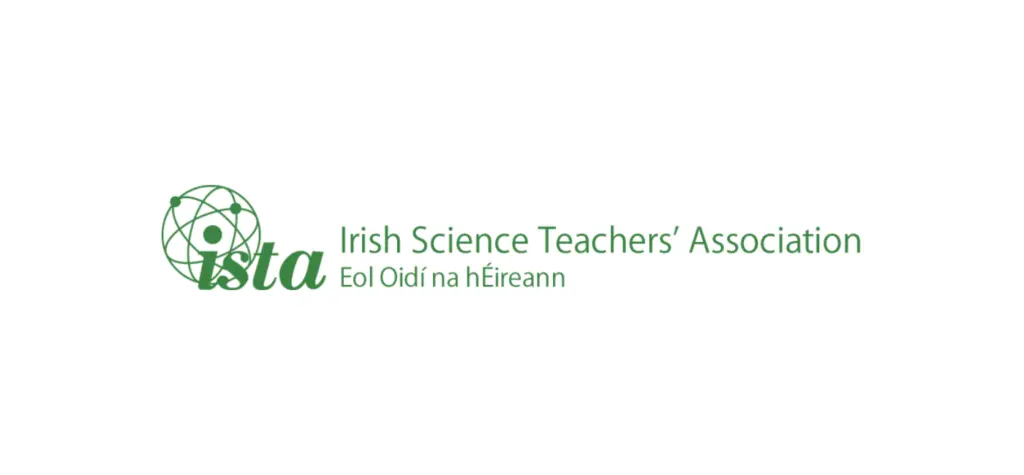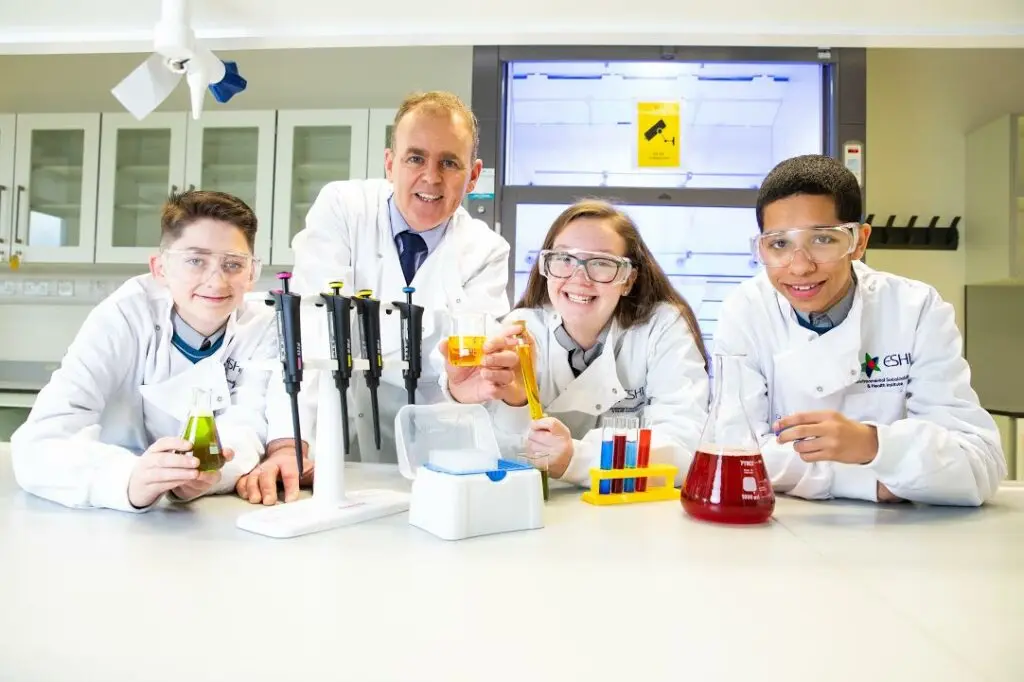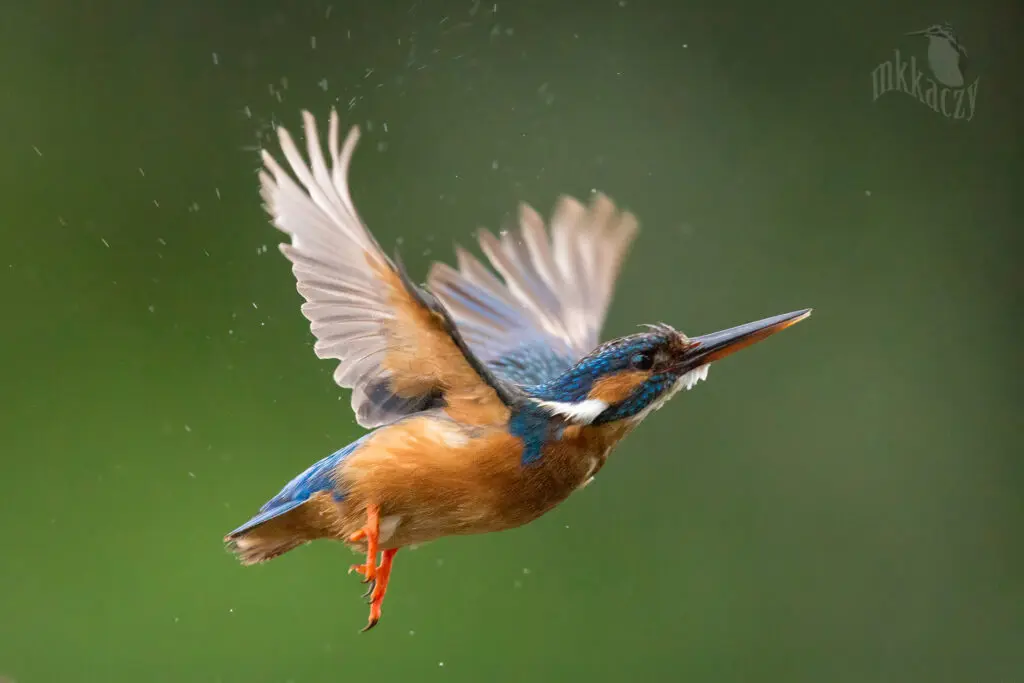ISTA Science Photo Competition Winners 2024
The ISTA is delighted to announce the winners and runners up in this year’s Science Photo Competition. The quality of the entries was exceptional, with the judges having to make some very difficult decisions. The overall winner was Thomas Nealon, from St. Patrick’s College School, Killala, Co. Mayo with his evocative photo of Killala Bay who takes home an iPad, while his school receives a new visualiser. Congratulations to all the winners and runners up, and to all those who took part.
Overall Winner – Thomas Nealon
School – St. Patrick’s College School, Killala, Co. Mayo
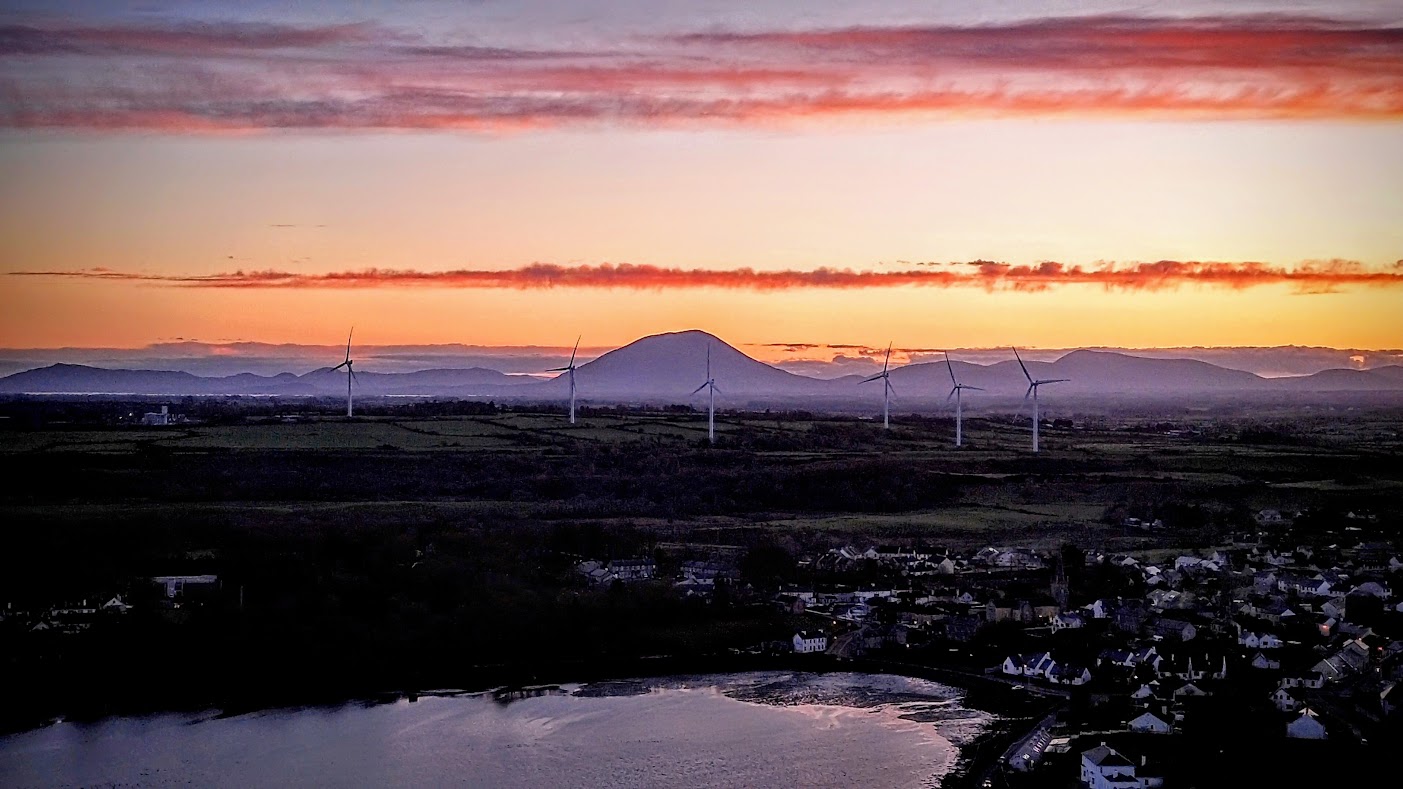
This is a photograph of Killala Bay in Co. Mayo; it was taken on a drone. The reason why I chose this photo is because I believe that it is a photo that perfectly represents this year’s topic which is “science changing lives”. The photo I took represents how science is heavily involved in coming up with solutions to global problems such as global warming and finding sustainable solutions represented in the windmills of this photo. The photo I took also shows how science is changing lives by helping my local, small, rural town Killala put a dent in global warming and help to make Ireland a more safe, sustainable living place for years to come.
Senior First Place – Emily Adriaansen
School – Carrigaline Community School, Cork
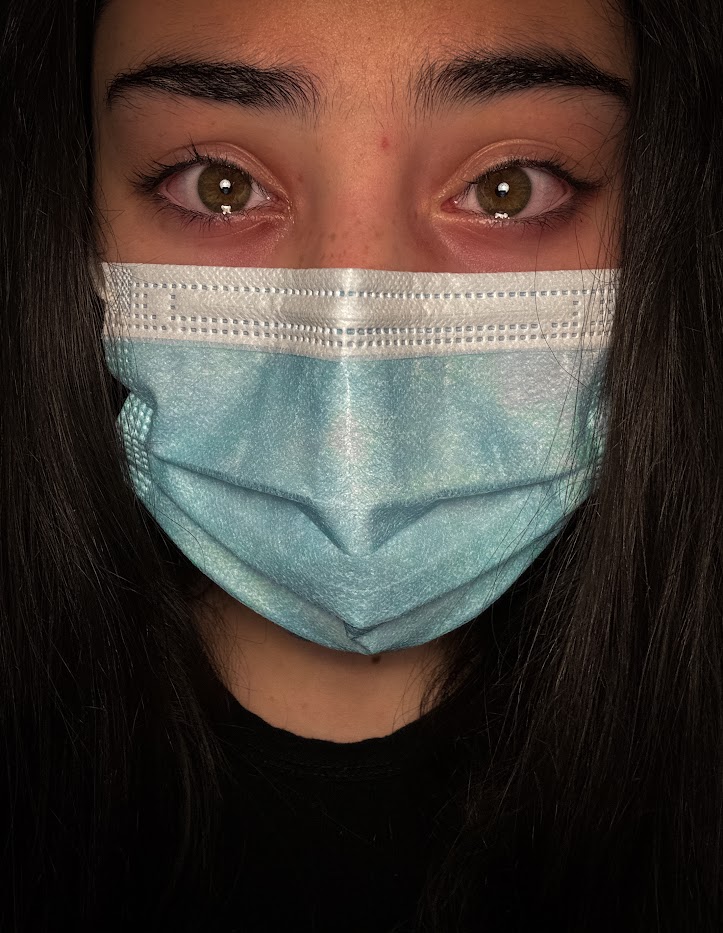
Masks. We all became unfortunately familiar with the blue band that hid the smiles of everyone in 2020 and the following years. Now, almost four years later, we are able to live safely thanks to protective measures such as masks. Unfortunately, over 6 million lives were claimed from the Coronavirus. These people were relatives, friends, and loved ones. It is difficult to imagine that without masks and social distancing the impact of this pandemic may have been much greater. Masks and personal protective equipment changed our lives because they saved our lives.
Senior Second Place – Abby Jenkins, Kiera Culligan and Emma Hassett
School – Kilrush Community School, Co. Clare
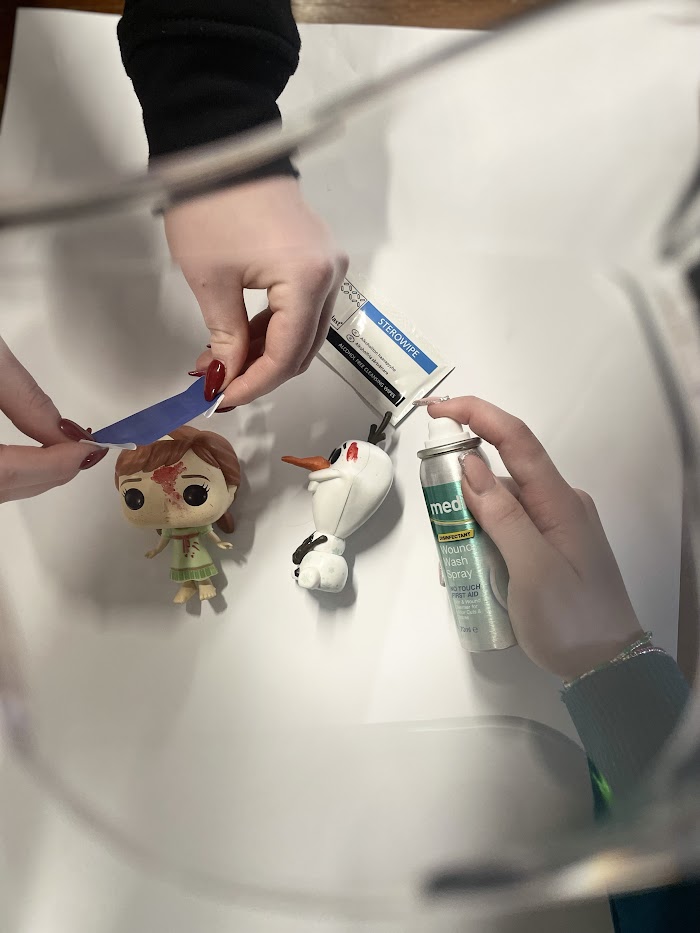
We created this scene without any use of AI. We created a scene looking through a pair of spectacles that conveys a child’s perspective of “Science changing lives”. While playing with her toys, Kiera noticed that Anna and Olaf are injured and are bleeding. Mum arrives to the rescue and cleans the wounds with a sterile wipe and places a band aid on the cuts to prevent dirt and bacteria from getting in. Mum has her nails done and Kiera loves them. Did you know that gel nails are made up of tiny monomers and contain photo initiators that absorb light at a specific wavelength to kickstart a chemical reaction?
Senior Third Place – Aaron O’Hanlon
School – Douglas Community School, Cork
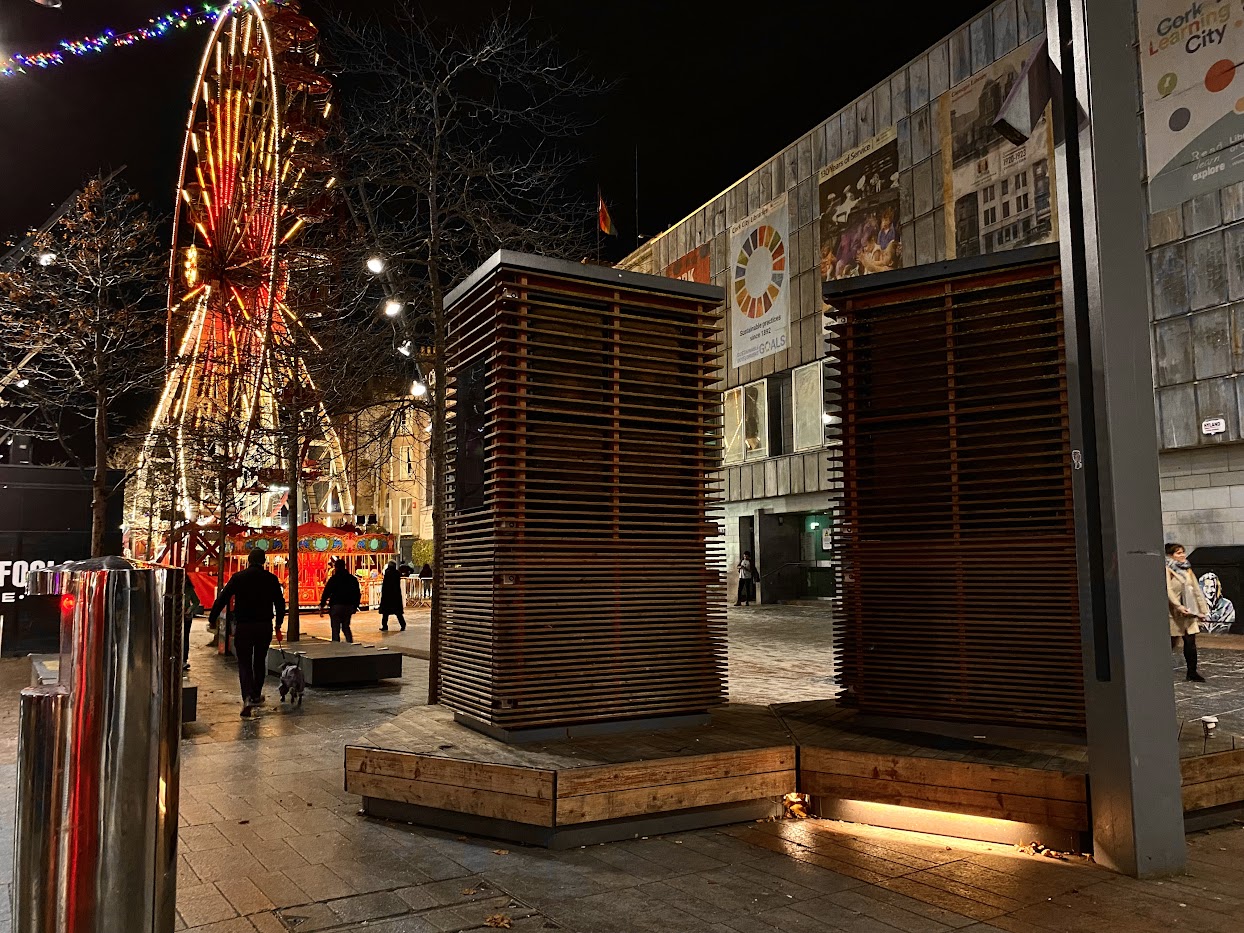
This photo I took shows two robot trees on Grand Parade in Cork City. The trees are covered in special mosses that trap harmful pollutants and clear them from the atmosphere locally. The moss acts as a filter to capture and then eat fine dust. The robot trees also look aesthetically pleasing and provides a seating area to relax and meet friends and provides 40inch television screens to give accurate information of the air quality in Cork City. This shows how Science coupled with nature can improve lives in terms of air quality.
Highly Commended Senior – Ryan Cannon
School – St Muredachs College, Ballina Co. Mayo
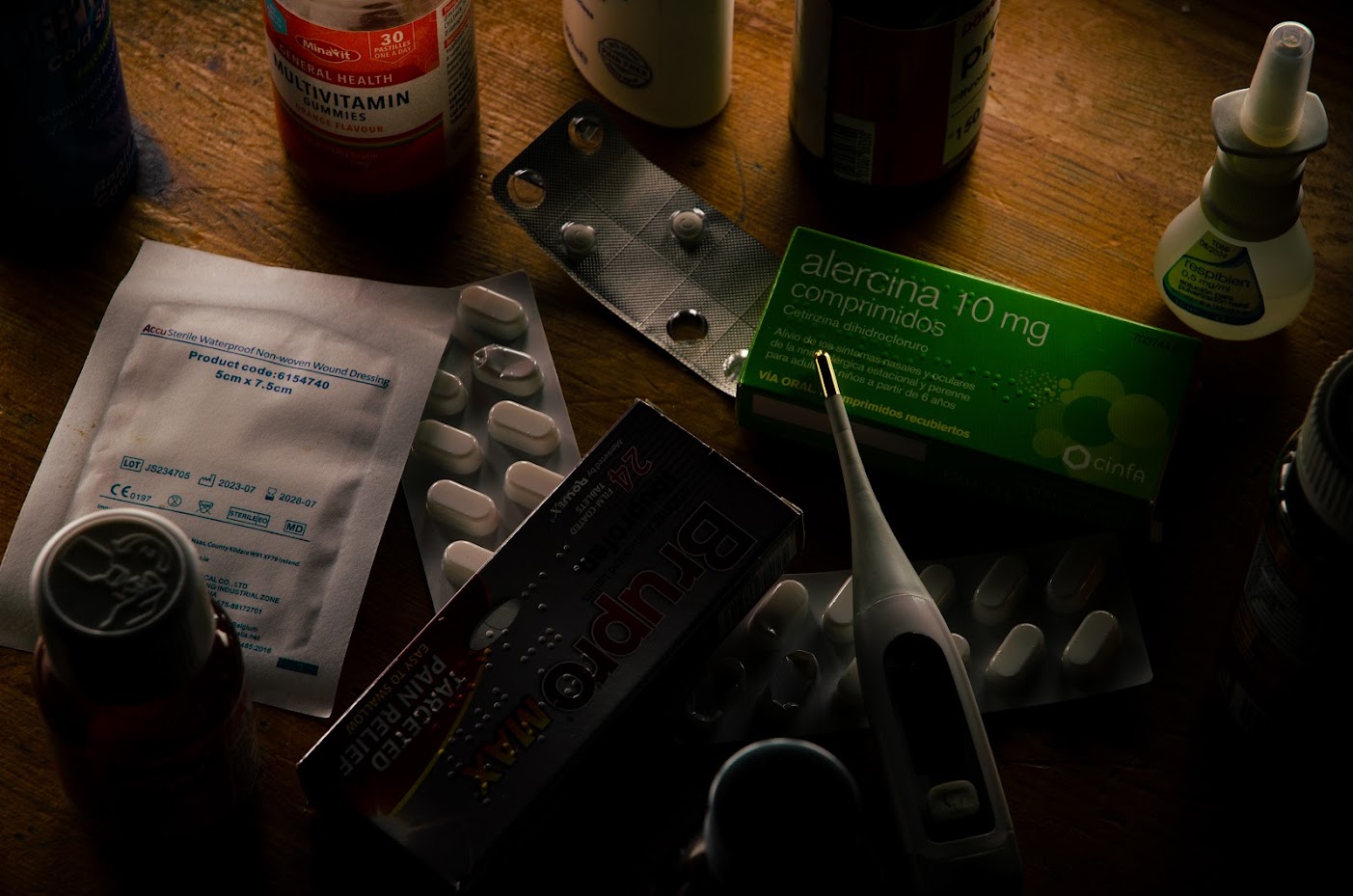
Every day, medicines such as antibiotics and vaccines help us stay healthy and fight disease. They’re important for our well-being, even though we might not always notice. These treatments work quietly, making sure we stay well and have a better life. I chose this image as I feel that modern medicine is often taken for granted and needs to be highlighted. People go to the doctor and forget all the research and years of development that went into that doctor’s visit.
Highly Commended Senior – Amanda Miller
School – Coláiste Éamann Ris, Ballyphehane, Co. Cork
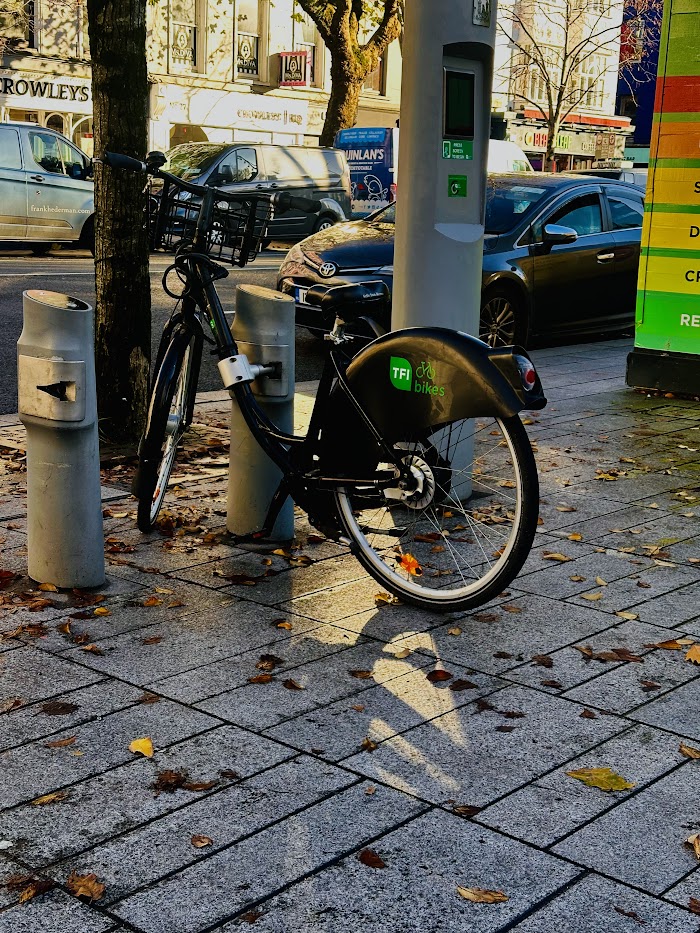
My photograph represents modern technology in the city centre. The picture shows how much development has happened since the first piece of technology. Science is all around us and we don’t notice! Every piece of architecture, building and technology is science. In fact, this picture was taken on a phone which is a modern technology device made through science. Our everyday lives are impacted by science, and it’s not appreciated enough. In my picture we see how shadows and lighting make my work better even the angle of which the picture is taken helps. I personally have chosen this picture because I felt it showed a different side to Cork and the beauty of science and technology.
Junior First Place – Grace O’ Donovan
School – Maria Immaculata Community College, Dunmanway, Co. Cork
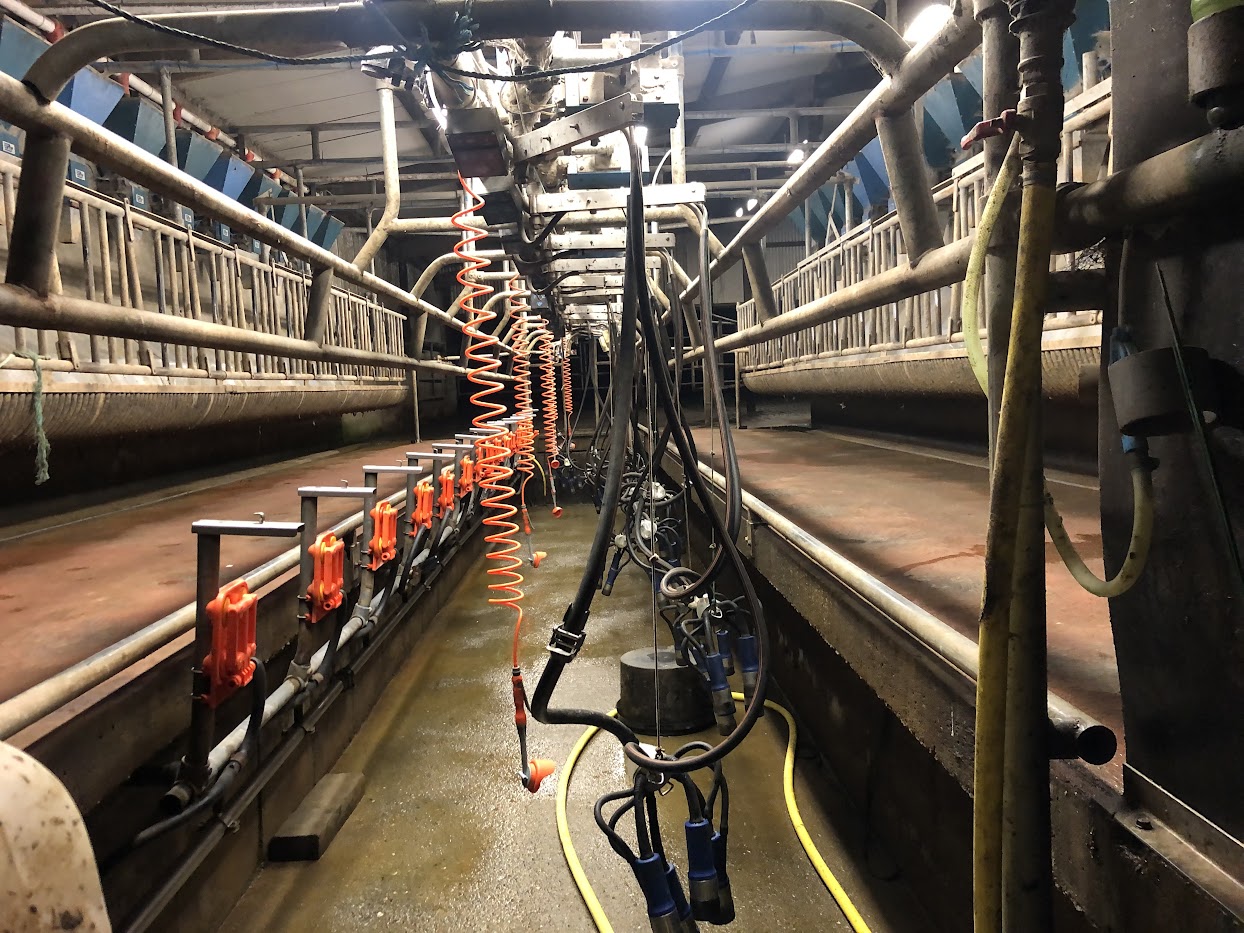
This is a photo of our milking parlour. These clusters use a suction and pulsation motion when attached to the cow’s teat to milk the cows. These are automatic cluster, which automatically remove when the cow is milked. The parlour is powered by electricity. There is a lot of science in the milking parlour. There is also a cluster cleaner, this is a pump action which cleans each individual cluster with disinfectant after each cow is milked. The milk is cooled in a bulk tank with an agitator and cooling elements to keep the milk at a temperature of 3.3 degrees.
Second Place Junior – Aoibhinn Lake
School – St Gerard’s Senior School, Bray
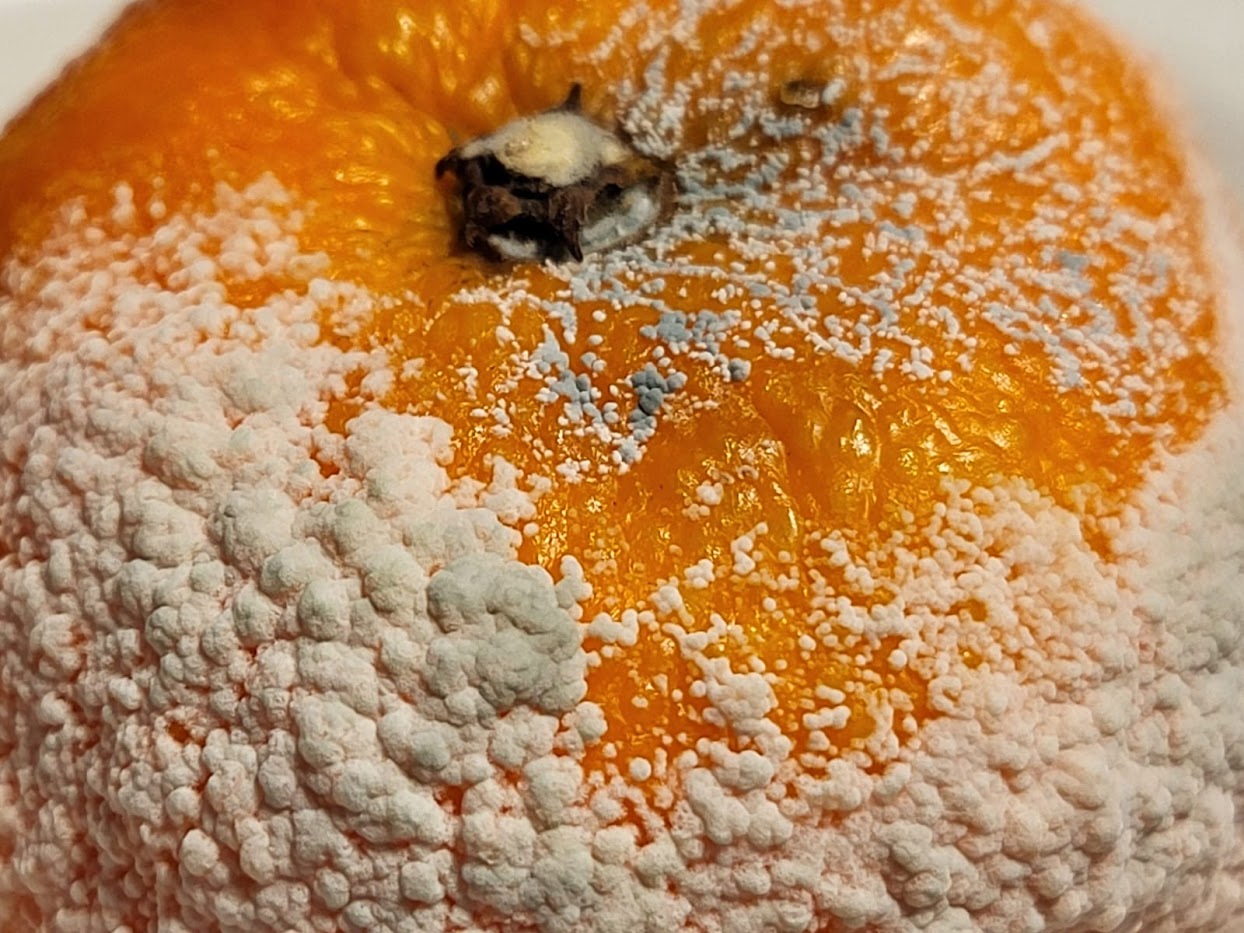
Medicinal Oranges Penicillium notatum is a fungal species that naturally produces the antibiotic penicillin. The mould grows on orange peels when the fruit starts to rot like this one that I kept in my kitchen. Sir Alexander Fleming was the first to determine that the mould secretes an antibacterial substance in a laboratory experiment in 1928. Prior to this discovery it was common that people died from bacterial infections that couldn’t be cured. The leading cause of death changed from bacterial disease to diseases like cancer, cardiovascular and stroke. The life expectancy of the US population changed by greater than 10%.
Third Place Junior – Hanna Elsa Aby
School – St Mary’s Secondary School, Ballina, Co. Mayo
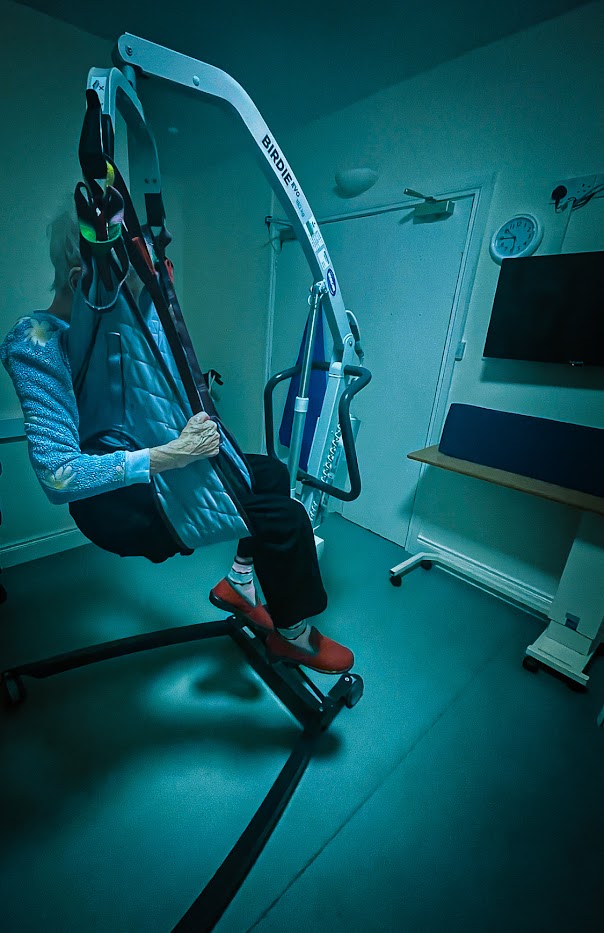
“Elevate” Lifts might seem somewhat a modern invention, but it’s believed that they’ve been part of human history as far back as the construction of the Egyptian pyramids. By focusing on a lift in my picture, The Hoyer lift, invented by Ted Hoyer and developed in 1950-40’s, has a sling attached to a lifting mechanism to move patients from one location to another without putting strain on the caregiver. Usually unnoticed, its force can be a huge advance when transporting people with mobility issues. It’s in the little things that we realise science not only changes, but ‘elevates’ our take on life and its hurdles.
Highly Commended Junior – Michael Sweeney
School – Colaiste Choilm, Ballincollig, Co.Cork
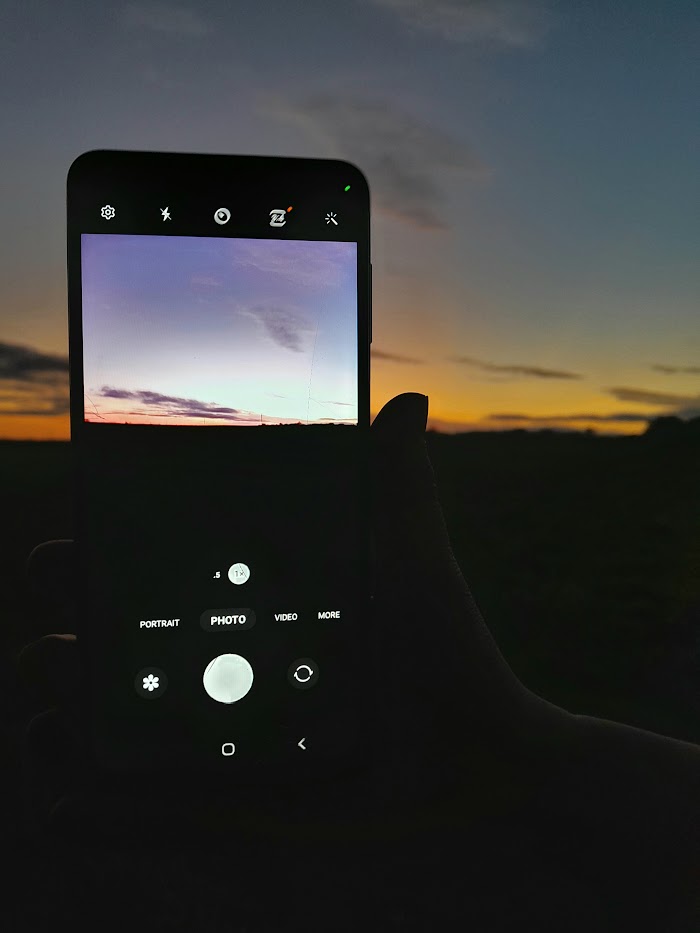
This photo I think captures the elements of science because it shows the technology, we have in everyday life which is constantly changing our lives for the good and the bad. And we have the natural landscape, which is also constantly evolving and changing, and the photo also has loads of different colours and shapes. It can also tell a story that science can be found in its natural beauty and isn’t affected by social media which is impacting all our lives instead it is living to its fullest and showing its natural beauties in all different ways in which I think all humans should see this.

